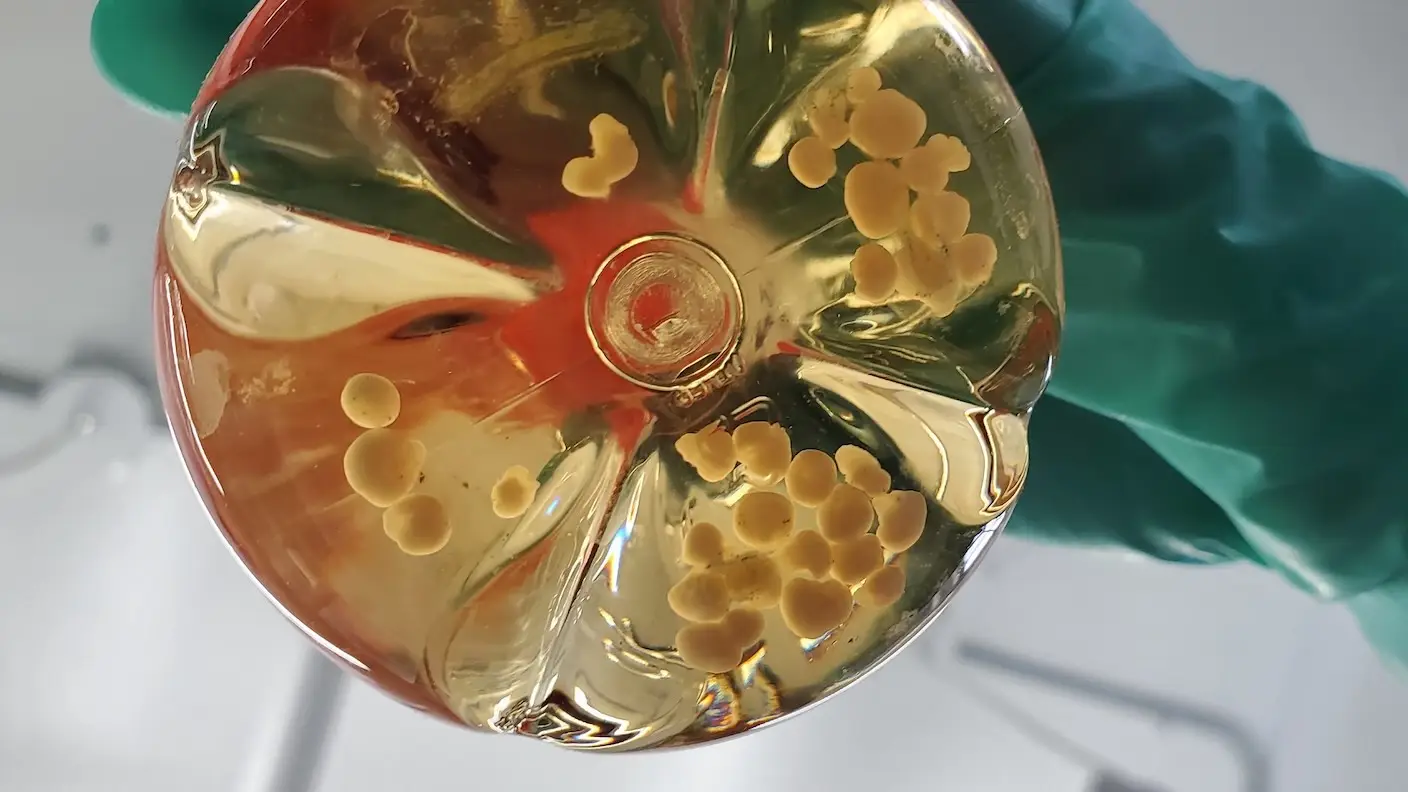For years, mini organs—organoids—have been stuck in a paradox. We could grow them. We could watch them twitch, pulse, and mimic the basic behaviors of hearts, brains, livers, and lungs. But they couldn’t survive long enough to matter.
Why? Because they didn’t bleed.
Without blood vessels, these lab-grown miracles died from the inside out—hollow promise at the core. Now, two groundbreaking studies have rewritten that fate. Scientists have finally cracked the code to vascularize organoids, breathing life into what were once biological shadows.
This is no incremental advance. This is the boundary between imitation and biological authenticity being obliterated.
At Stanford, researchers used fluorescent stem cells and a chemical cocktail to coax heart tissue into growing its own vascular system from scratch. Within 12 days, these mini hearts had blood vessels coursing through them, beating with electrical rhythm and complexity never seen before in the lab. They even used the same recipe to vascularize liver organoids—hinting at a universal organ-building protocol buried in our biology.
Elsewhere, a team at the University of Cincinnati pinpointed a molecular switch—BMP—that toggles the competing needs of different cell types. With precision timing, they grew both endothelial cells (the vessel walls) and supporting muscle tissue in sync. The result? Mini lungs that grew air sacs and integrated with the blood supply of mice. Mini intestines ready to test cures for gut disorders.
Until now, scientists have had to 3D print fake vessels, or engineer artificial scaffolds. But these new approaches harness the same biological forces that build organs in the womb. They don’t just simulate life—they recreate its architecture, cell by cell, signal by signal.
We are now witnessing the dawn of self-assembling organs—bio-machines grown from your own cells, complete with plumbing.
The implications are staggering. Vascularized mini organs could power personalized drug testing, decode rare diseases, or even be scaled up to replace failing human tissue. For regenerative medicine, this is the blood-soaked Rosetta Stone we’ve been waiting for.
In the war against genetic disease, organ failure, and drug toxicity, we’ve just gained an army of lab-grown fighters with beating hearts and flowing blood.
Mini no more. The future of medicine is alive—and it bleeds.


